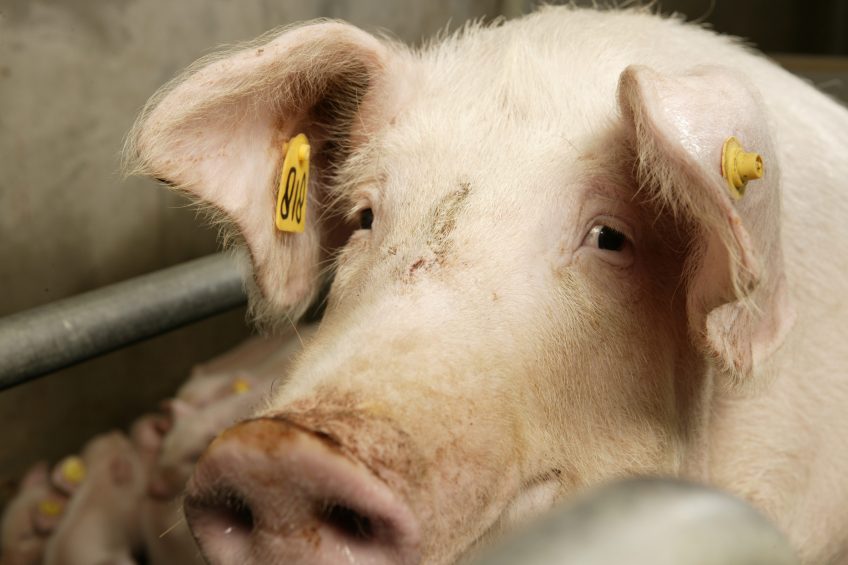Heavier pigs may suffer from heart problems

The development of the heart of modern pigs has lagged behind that of the growth of the body over the past decades. This may result in heart problems.
The Dutch PhD student Gerard van Essen was the first in the world to study pathophysiological changes in pig hearts. The findings of the study, in addition to consequences for the pig industry, also relate to humans in several ways.
Pigs over 150 kg have changes in heart muscle
Mr van Essen, a veterinarian, conducted his research at Erasmus Medical Centre’s department of Experimental Cardiology. His research found that pigs weighing more than 150 kg (future breeding sows and boars) showed pathogenic changes to the heart muscle and a sharp rise in blood pressure.

Find out all there is to know about pig health using Pig Progress’ unique Pig Health Tool.
These changes, as is the case in humans, could be caused by an unhealthy lifestyle. Heavy pigs spend most of their day sleeping and engage in very little physical activity. The fall in cardiac pump function can cause the heavy pig problems during stressful and physically demanding activities such as the birth of piglets.
Pig industry is not aware of the heart problem
In a news article, supplied by the hospital, Van Essen is said to be the first to demonstrate these cardiac changes in heavy pigs. Mr van Essen said, “The pig industry is not or not yet aware of this problem. It is pig farms that are responsible for the health of the pigs. Our research results should spur the sector on to conduct further studies and identify solutions to this problem.”
This research is also important for humans. The cardiac and blood pressure changes observed in the pigs are very similar to those seen in obese people with diastolic heart failure. An unhealthy lifestyle characterised by an extreme lack of exercise and obesity play a crucial role in the onset of this diminished cardiac function in humans.
Disease model for humans
Mr van Essen: “Perhaps heavy pigs could be used as a disease model for people with diastolic heart failure to investigate how the pathophysiology of this type of heart failure works in humans. Once this is known, we could explore the treatment possibilities for this growing group of heart patients.”
In his dissertation, Mr van Essen explains that an empty gastro-intestinal tract in piglets combined with stress are risk factors for intestinal ischemia and increased permeability of the intestinal wall. This can lead to oedema disease.
Breeding sows are not fed the day before they are transported to the slaughterhouse. This is frustrating for these animals and leads to stress. Moreover, transport to the slaughterhouse causes an abrupt, physically and psychologically distressing interruption of their everyday inactive existence.
Contaminated pork resulting to food poisoning
The diminished cardiac function can exacerbate the intestinal ischemia and increase the permeability of the intestine. This could allow intestinal bacteria to enter the bloodstream and implant into the muscle meat even before slaughter. This results in ‘contaminated pork’, which could cause food poisoning to those who eat it.
The similarity and analogy of the pathophysiological changes in the heart of heavy pigs and patients with diastolic heart failure benefits both parties. It is possible that in the future cardiologists will be able to use heavy pigs as an animal model and veterinary pathophysiologists could benefit from the knowledge of risk factors for the onset of diastolic heart failure in humans.











